
M.M. Sury

Showing all 24 books

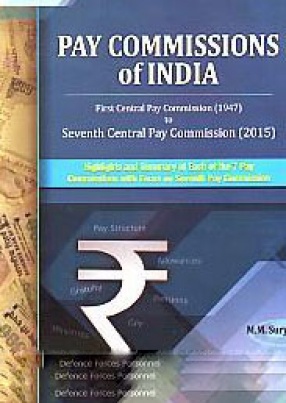
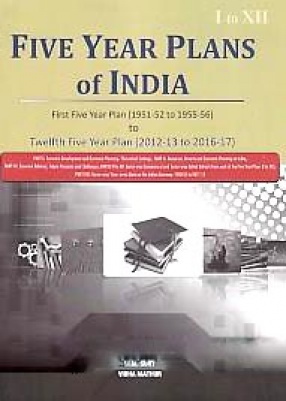
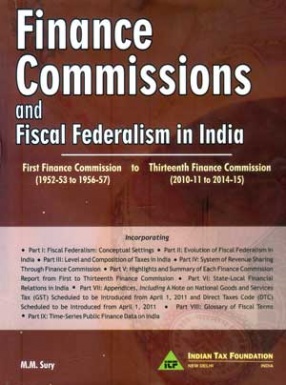
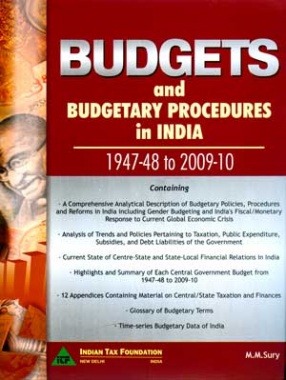
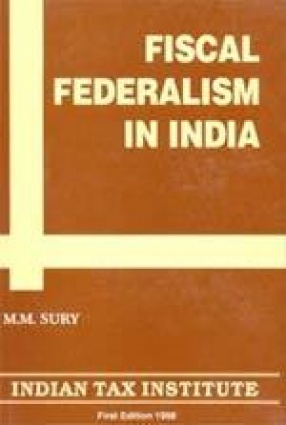
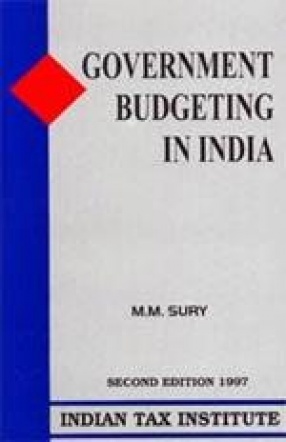
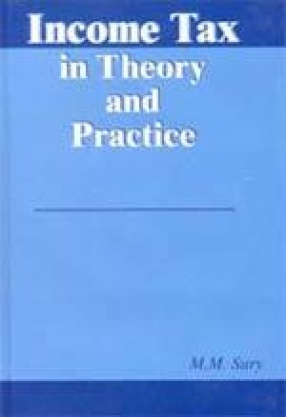
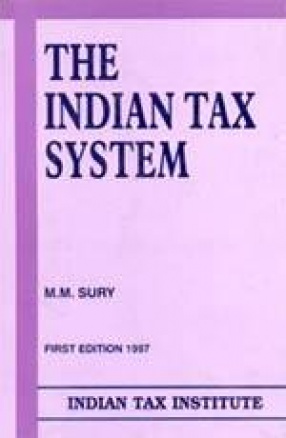




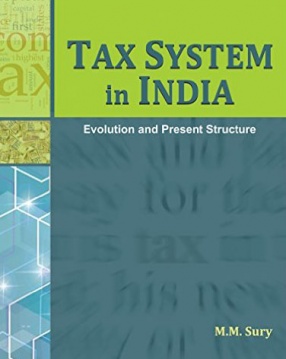
The Indian tax system has undergone major structural changes since independence in 1947. Besides being the main source of revenue, both for the central and state governments, it is an effective instrument to realize various socio-economic objectives of national policies. However, the tax system has been relying heavily on indirect taxes and suffering extensively from tax evasion. Restructuring of the tax system has constituted a major component of fiscal reforms ...
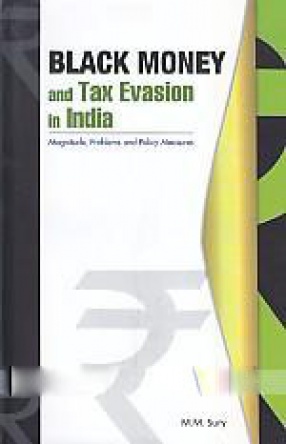

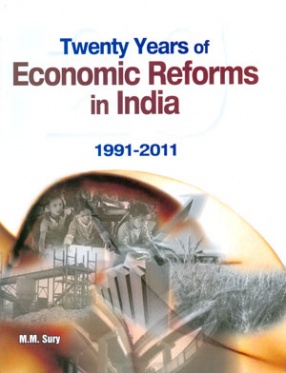
The economic development pattern of India during the first three decades after independence in 1947 was characterized by strong centralized planning, government ownership of key industries, excessive regulation of private enterprise, trade protectionism, and a cautious and selective approach towards foreign capital - all guided and controlled by a bureaucracy trained in colonial style. However, in the 1980s, policy makers started to realize the drawbacks of this ...

Finance is the life blood of a government Arrangements for finance is more complicated in a federal system creates a multiple polity based on divided functions and powers among central, state and local governments, Fiscal federalism, as a branch of public finance, deals with financial arrangements and their working in a federal polity.Fiscal federalism is a subject of topical interest in India in view of some recent developments of historical importance. With the ...
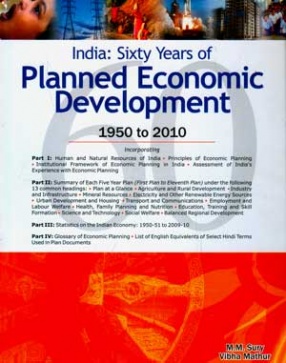
The resource base of a country consists of (a) human resources, (b) non-renewable resources which are an endowment of nature and whose total size gets depleted with time and (c) renewable resources which can be continuously created and whose base can be expanded through human efforts.Economic planning is concerned with the effective and optimal utilization of the potential resources of an economy. This is particularly so in the context of underdeveloped countries ...

As a financial blueprint of a government, budget is an important instrument to carry out its policies and programmes. It is through the budget that a government arranges financial resources and allocates them among completing uses. Government budgeting is a subject of increasing importance and interest in India. The high level of administrative, welfare and developmental activities of the Central Government make for colossal amount of both receipts and ...

This book provides a detailed description and analysis of the evolution and the present nature of fiscal federalism in India. It examines, the existing arrangements for intergovernmental financial transfer, the role of Finance Commission and the Planning Commission in effecting these transfers, particularly the principles followed by these agencies to reduce vertical and horizontal imbalances in the availability of resources to various tiers of government in ...

The Purpose of this book is to explain the concepts and processes involved in the budgetary exercise of the Government of India. It is useful for those who are interested in understanding the mechanics of government budgeting. The book describes the structure of the Central Government Budget, including its economic classification. Parliamentary procedures and controls applicable to budgetary activities of the Government Budgets has also been examined.

Among the various indices of ability-to-pay taxes, income is regarded by far the most appropriate. This is borne out by the popularity of income taxes the world over. For operating an income tax system successfully, tax authorities, particularly in developing countries, are required to resolve various issues to make it compatible with the socio-economic objectives of government policy. Part I of this book examines various analytical and policy issues associated ...
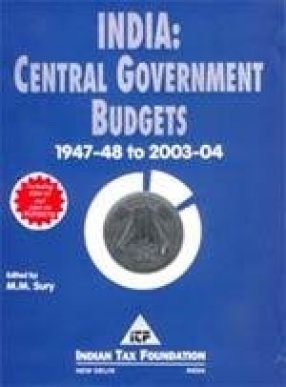
Government budgeting is a subject of increasing importance and interest in India. The high level of administrative, welfare and developmental activities of the Central Government make for colossal amounts of both receipts and disbursements. Such large-scale public transactions through the budget affect the economy in various ways. This book explains the concepts and processes involved in the budgetary exercise of the Government of India. It describes the ...
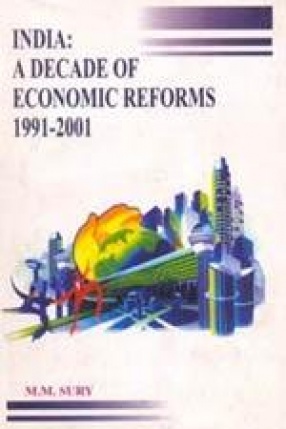
India’s development pattern during 1950-80 was characterised by strong centralised planning, government ownership of basic and key industries, excessive regulation and control of private enterprise, trade protectionism through tariff and non-tariff barriers and a cautious and selective approach towards foreign capital. It was quota, permit and license regime guided and controlled by a bureaucracy trained in colonial style. This so-called inward looking, import ...

Indian economy took a new direction when the Government announced its new industrial policy in the Parliament in July 1991. since then, the economic reforms process has encompassed all areas of the economy. The wide-ranging reforms, initiated and implemented since 1991, have induced greater efficiency and competitiveness in all spheres of economic activity and placed the economy on a higher growth path. The process of economic reforms in India initiated in 1991 ...

The Indian tax system has become comprehensive and complicated since Independence in 1947. Besides being the main source of revenue, both for the Central and State Governments, It is an effective instrument to realize various socio-economic objectives of national policies. This book traces the structural evolution, explains the legal framework, and describes the present system of taxation in India. It focuses on individual taxes levied by the Central and State ...
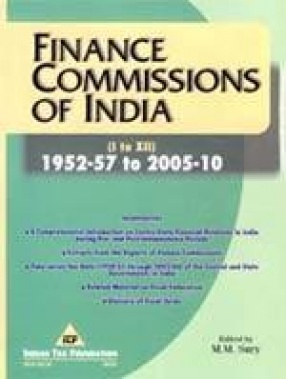
Center-State financial relations in India us a subject of topical interest in view of some recent developments of historical importance. The passage of the Constitution (Seventy-third Amendment) Act, 1992 marked a watershed in the history of modern India. With this amendment, a uniform structure of panchayats has emerged throughout the country. Similarly, the passage of the Constitution (Seventy-fourth Amendment) Act, 1992 was a landmark in the history of ...
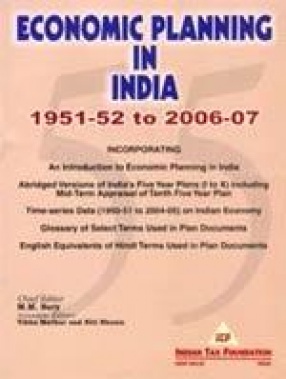
The process of planned economic development in India Began with the launching of First Five Year Plan in April 1951. The main objective of planning was identified as that of initiating a process of development which will raise living standards and open out to the people new opportunities for a richer and more varied life. The manner in which this objective has been translated into specific objectives has varied from Plan to Plan. However, in a broad sense, the ...
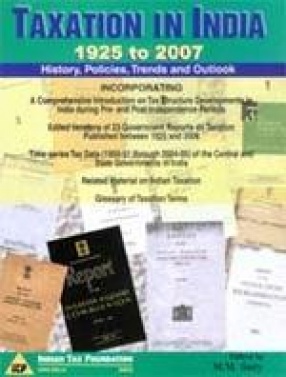
This book provides an exhaustive and critical account of the various aspects of the developments in the field of taxation in perspective. Part I of this work traces the structural evolution, explains the legal framework, and describes the present systems of taxation in India. Besides being the main source of revenue, both for the Central and State Governments, taxation is an effective instrument of national policies. There are 7 chapters in this Part which ...


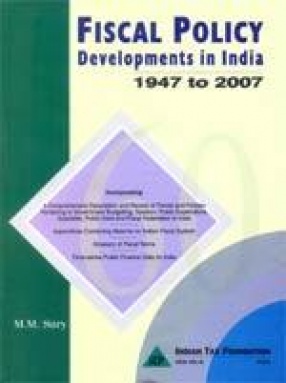
Fiscal policy is an important instrument of the general economic policy of a government. It is concerned with the use of a government's taxation and expenditure powers to influence economic activities in an economy at the aggregate level. It also deals with financial relations between different tiers of government in a federal polity. Through the medium of budget, fiscal policy determines the level of taxation, public expenditure, borrowings and the issue of ...
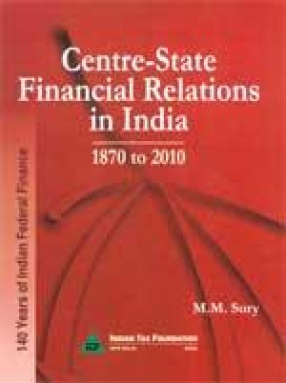
India's present fiscal structure is the result of a gradual evolution, along decentralised lines, dating back to December14, 1870 when the resolution of Lord Mayo, Viceroy of India, was issued. The Mayo resolution explained the scheme by which the government of India envisaged the enlargement of the powers and responsibilities of the Provinces. The process of decentralized of functions and finances in India will complete 140 years with the termination of ...
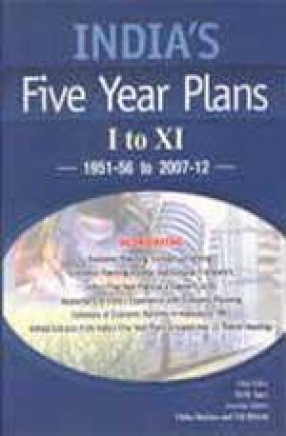
Part I of this work explains the process and procedures of economic planning in India, focusing on institutional framework, mechanism of transferring resources from the centre to the states for plan purposes, objectives of planning and an assessment of achievements. Parts II to XIII of the book contain edited extracts from Final Plan Documents from First Five Year Plan (1951-52 to 1955-56) to Eleventh Five Year Plan (2007-08 to 2011-12). These have been ...
